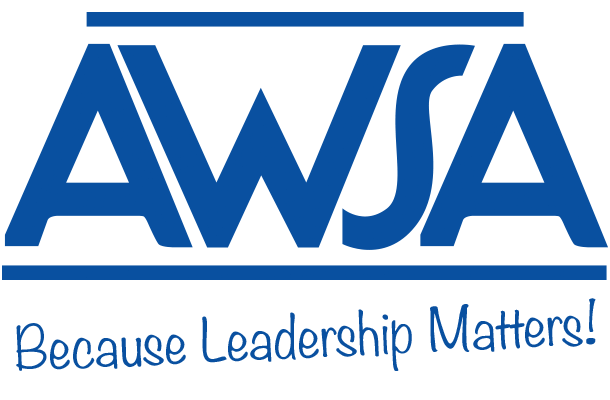Be Well. Lead Well.By Steve Behrendt, Principal, Richmond School DistrictAn increasing body of evidence in the leadership and well-being research supports the idea that principals and educational leaders need to prioritize their well-being. The World Happiness Report has highlighted a concerning decline in well-being since 2010. Teaching and leadership environments have become increasingly volatile, uncertain, complex, and ambiguous (VUCA), adding further nuance to an already challenging job. In a national survey, it was reported that over 40% of principals shared that they were leaving their current position, in one form or another. In a study that many of the principals reading this likely participated in; 240 principals from a “Midwestern state” provided their input on a survey about well-being and leadership. That study reinforced existing research–suggesting that well-being is not only critical for the principals themselves, but also because it positively correlates with leadership efficacy and numerous other leadership performance outcomes. Simply put, leaders need to Be Well to Lead Well. Fortunately, the field of positive psychology offers frameworks and strategies that can do just that–improve well-being and strengthen a leader’s capacity to serve others. From a practical lens, here is what that means: Awareness - First, principals need to be aware of how they are doing. Not just a “How’s it going?” but a deeper, intentional look at some of the elements core to well-being. Without awareness, one cannot have intention or action toward improving well-being. The PERMA framework—comprised of Positive emotions, Engagement, Relationships, Meaning, and Accomplishment—is a great starting point for awareness. Principals’ awareness of their current state of well-being is the gateway to a range of thoroughly researched and evaluated strategies designed to foster flourishing, both in the workplace and in their personal lives. You can take the survey at Authentic Happiness (an excellent positive psychology resource by the way) to understand what your strengths are and what elements could deserve some focus. Intention - Research continues to amass–it is worth our time and energy to be intentional with well-being. Awareness leads to intention. With an awareness of the research and an awareness of one’s current state, principals can build intention in supporting their own well-being. By using some of the tools and practices suggested here, principals can reprogram their thought-emotion-action cycles; improving how they respond to the many challenges that present each day. This reprogramming also improves one’s well-being. I detail this in the full paper, but here's the bottom line up front: well-being is directly linked to how we perform, persevere, and bounce back as leaders, among many other positive outcomes. Action - well-being is highly personalized and individualized. So are the pathways to well-being. It is important notto make broad statements on if you ___ then your well-being will improve. However, after 240 principals gave their feedback, the following themes emerged: Meaning - Meaning was the highest-rated element and strongest correlate with overall well-being. Find Your Why or rediscover your why. Simon Sinek’s talk and book are probably old news to this group, but nonetheless, a worthwhile starting point. Positive Emotion - Principals need to experience more positive, less negative emotions. Our principal population reported positive emotions as the lowest element and compared to the “average,” reported more negative emotions. Not surprising–the work is hard, principals are often on an island, and the environment feels more VUCA than ever. With that, it is important that we, as leaders, recognize that we can choose our thoughts and behaviors—despite external circumstances—which puts the focus back on the impactful role we have as leaders shaping the environment, not the other way around. Here are a few resources to help with more positive, less negative emotions - Gratitude, Losada Ratio, and The Power of a Positive Moment (again, this video may be old news to the group, but still a good reminder). Accomplishment - Accomplishment has the strongest relationship with leadership efficacy from the study. Before she was famous for her work with Grit, Angela Duckworth defined accomplishment as the product of Skill x Effort, emphasizing the importance of effort. Effort counts twice–first in the acquisition and development of skills and again in applying those skills to accomplish tasks. Long story short, principals need to have confidence that their efforts have an impact, regardless of if they can see it in the moment. This mindset alone can have a profound impact on how you feel about the work. There are so many resources I could point you to, but a great starting spot is Duckworth’s CharacterLab for accomplishment and effort-related strategies and research. In addition, I wrote an extended piece on the well-being mindset that reiterates the importance of how we frame our efforts in challenging circumstances. Awareness, intention, action. With an awareness of the importance of well-being in our space, I hope that these ideas and resources spur intention and drive action in your practice. I am always excited to continue the conversation around these concepts so don’t be a stranger–[email protected]. BWLW.net is a space I also share ideas like these in longer form. |
